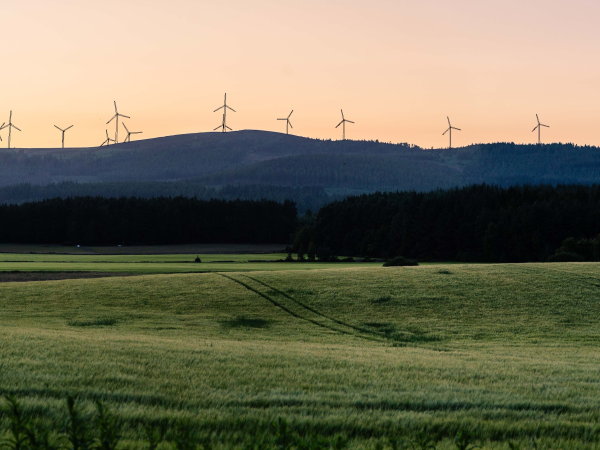A recent article in The Times (June 15, 2025) highlights a critical issue for Scotland’s renewable energy future, with implications for communities like ours near the Hill of Fare.
Scotland’s wind farms, including those in our windy northeast, generate so much clean energy that the national grid often can’t handle it, leading to turbines being switched off. This year alone, billpayers have spent £810 million to idle wind farms while gas plants are fired up, with costs potentially soaring to £8 billion by 2030.
"to stop those power lines going bang, Neso, which is funded by consumers’ bills, paid for them to be switched off, handing out £4.8 million in so-called curtailment costs. However, while the grid was not up to carrying all that clean energy, the south still needed power. So Neso also had to pay £9.6 million to switch on gas plants further south."
The problem? Our grid, built for old coal and gas plants, wasn’t designed to carry power from remote wind farms to where it’s needed most.Solutions are on the table: massive grid upgrades, including new cables and pylons, are planned, but “obviously” and “reasonably” face delays and opposition from locals worried about landscape impacts.
Batteries could store excess wind power, like those used successfully in California, but we’d need three times as many by 2030. The batteries that are generally proposed in the UK are simply to balance fluctuations in wind speed, NOT to provide back up energy when there is no wind.
There’s also talk of “zonal pricing” to encourage building power plants closer to cities, though the government has paused this idea.
Read the full story at The Times
#HillOfFare #RenewableEnergy #ScotlandWindPower



